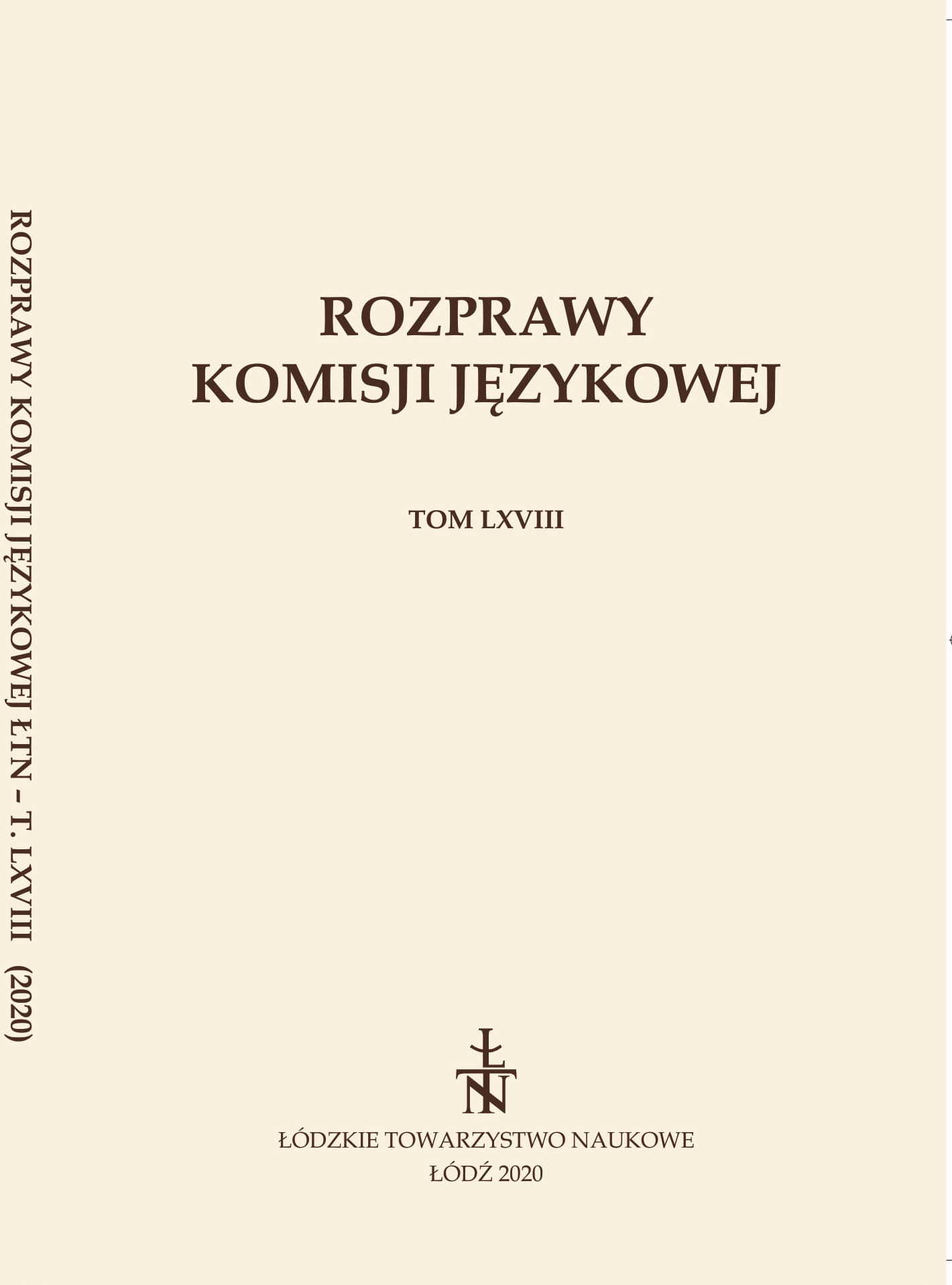DIE RELATION ZWISCHEN DEM ZIELSPRACHLICHEN NIVEAU UND DER WAHL DER BEVORZUGTEN TEMPORALEN UND GRAMMATIKALISCHEN STRUKTUREN SOWIE DER ASPEKTUELLEN PERSPEKTIVE BEI NICHTMUTTERSPRACHLERN IN ENGLISCH UND DEUTSCH
THE RELATION BETWEEN THE LEVEL OF TARGET LANGUAGE PROFICIENCY IN ENGLISH AND GERMAN AND THE CHOICE OF PREFERRED TEMPORAL CONCEPTS, GRAMMATICAL STRUCTURES AND ASPECTUAL PERSPECTIVE AMONG NON-NATIVE SPEAKERS OF BOTH LANGUAGES
Author(s): Tomasz MarasSubject(s): Language and Literature Studies, Foreign languages learning, Philology
Published by: Łódzkie Towarzystwo Naukowe
Keywords: Second Language Acquisition; fossilisation; stabilisation; aspect; event
Summary/Abstract: The aim of this article is to examine event construals and aspectual perspective in English and Ger-man preferred by the study participants. There are presented and discussed selected theoretical as-pects of Second Language Acquisition, such as error analysis, contrastive analysis, fossilization, stabilization and interlanguage, which were taken into consideration in terms of the present study. The research investigates relations between the level of L2 proficiency in English and German and the choice of preferred temporal concepts and grammatical structures among the study participants – non-native adult speakers of both languages. Moreover, it attempts to examine whether the output language (aspectual and non-aspectual) influences the choice of aspectual perspective.
Journal: Rozprawy Komisji Językowej
- Issue Year: 2020
- Issue No: 68
- Page Range: 107-120
- Page Count: 14
- Language: German

